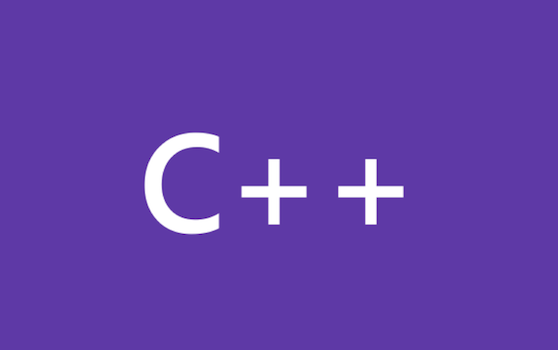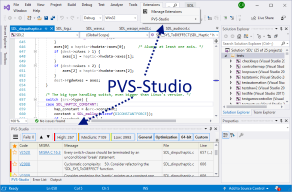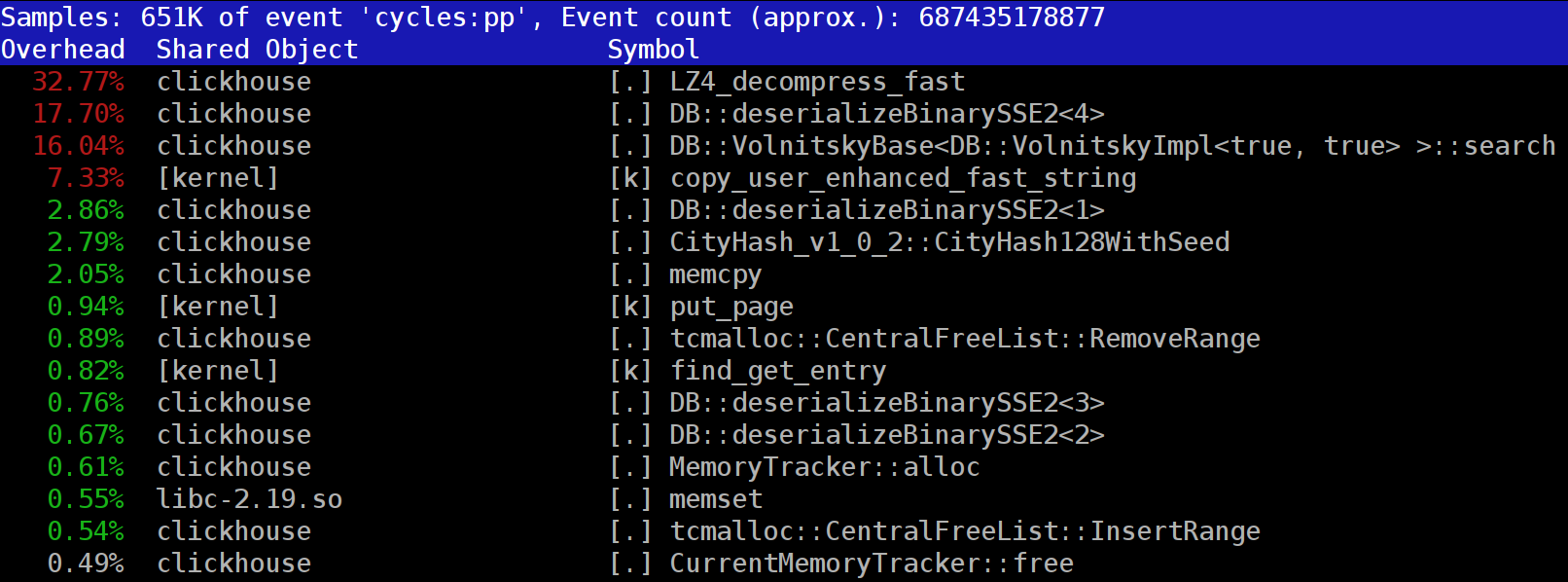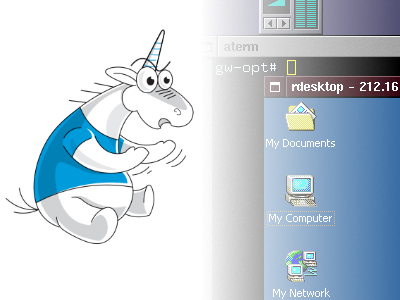How to shoot yourself in the foot in C and C++. Haiku OS Cookbook


General-purpose programming language. It has imperative, object-oriented and generic programming features, while also providing facilities for low-level memory manipulation


if constexpr and generic lambdas so that code could use the type if it is defined, while still being accepted by the compiler (and being discarded) if the type is not defined.struct all the time.struct technique with an unqualified name. You can’t use it to probe a type that you didn’t import into the current namespace.
Some time ago, in a discussion on one of SObjectizer's releases, we were asked: "Is it possible to make a DSL to describe a data-processing pipeline?" In other words, is it possible to write something like that:
A | B | C | D
and get a working pipeline where messages are going from A to B, and then to C, and then to D. With control that B receives exactly that type that A returns. And C receives exactly that type that B returns. And so on.
It was an interesting task with a surprisingly simple solution. For example, that's how the creation of a pipeline can look like:
auto pipeline = make_pipeline(env, stage(A) | stage(B) | stage(C) | stage(D));Or, in a more complex case (that will be discussed below):
auto pipeline = make_pipeline( sobj.environment(),
stage(validation) | stage(conversion) | broadcast(
stage(archiving),
stage(distribution),
stage(range_checking) | stage(alarm_detector{}) | broadcast(
stage(alarm_initiator),
stage( []( const alarm_detected & v ) {
alarm_distribution( cerr, v );
} )
)
) );In this article, we'll speak about the implementation of such pipeline DSL. We'll discuss mostly parts related to stage(), broadcast() and operator|() functions with several examples of usage of C++ templates. So I hope it will be interesting even for readers who don't know about SObjectizer (if you never heard of SObjectizer here is an overview of this tool).

<=>. There was a post awhile back by our very own Simon Brand detailing some information regarding this new operator along with some conceptual information about what it is and does. The goal of this post is to explore some concrete applications of this strange new operator and its associated counterpart, the operator== (yes it has been changed, for the better!), all while providing some guidelines for its use in everyday code.
I don’t care what your dragon’s said, it’s a lie. Dragons lie. You don’t know what’s waiting for you on the other side.This article is based on the post in the Krister Walfridsson’s blog, “Why undefined behavior may call a never called function?”.
Michael Swanwick, The Iron Dragon’s Daughter

SObjectizer is a rather small C++ framework that simplifies the development of multithreaded applications. SObjectizer allows a developer to use approaches from Actor, Publish-Subscribe and Communicating Sequential Processes (CSP) models. It's an OpenSource project that is distributed under BSD-3-CLAUSE license.
SObjectizer has a long history. SObjectizer itself was born in 2002 as SObjectizer-4 project. But it was based on ideas from previous SCADA Objectizer that was developed between 1995 and 2000. SObjectizer-4 was open-sourced in 2006, but its evolution was stopped soon after that. A new version of SObjectizer with the name SObjectizer-5 was started in 2010 and was open-sourced in 2013. The evolution of SObjectizer-5 is still in progress and SObjectizer-5 has incorporated many new features since 2013.
SObjectizer is more or less known in the Russian segment of the Internet, but almost unknown outside of the exUSSR. It's because the SObjectizer was mainly used for local projects in exUSSR-countries and many articles, presentations, and talks about SObjectizer are in Russian.
Multithreading is used in Parallel computing as well as in Concurrent computing. But there is a big difference between Parallel and Concurrent computing. And, as a consequence, there are tools targeted Parallel computing, and there are tools for Concurrent computing, and they are different.


LZ_decompress_fast function near the top. What is going on? This question had us wondering how to choose the best compression algorithm. 

There is a story about an experience of using Actor Model in one interesting project of developing an automatic control system for a theatre. Below I'll tell my impressions, no more than that.
Ever since we announced Template IntelliSense, you all have given us great suggestions. One very popular suggestion was to have the Template Bar auto-populate candidates based on instantiations in your code. In Visual Studio 2019 version 16.1 Preview 2, we’ve added this functionality via an “Add All Existing Instantiations” option in the Template Bar dropdown menu. The following examples are from the SuperTux codebase.




In the era of ubiquitous AI applications there is an emerging demand of the compiler accelerating computation-intensive machine-learning code for existing hardware. Such code usually does mathematical computation like matrix transformation and manipulation and it is usually in the form of loops. The SIMD extension of OpenMP provides users an effortless way to speed up loops by explicitly leveraging the vector unit of modern processors. We are proud to start offering C/C++ OpenMP SIMD vectorization in Visual Studio 2019.
The OpenMP C/C++ application program interface was originally designed to improve application performance by enabling code to be effectively executed in parallel on multiple processors in the 1990s. Over the years the OpenMP standard has been expanded to support additional concepts such as task-based parallelization, SIMD vectorization, and processor offloading. Since 2005, Visual Studio has supported the OpenMP 2.0 standard which focuses on multithreaded parallelization. As the world is moving into an AI era, we see a growing opportunity to improve code quality by expanding support of the OpenMP standard in Visual Studio. We continue our journey in Visual Studio 2019 by adding support for OpenMP SIMD.
